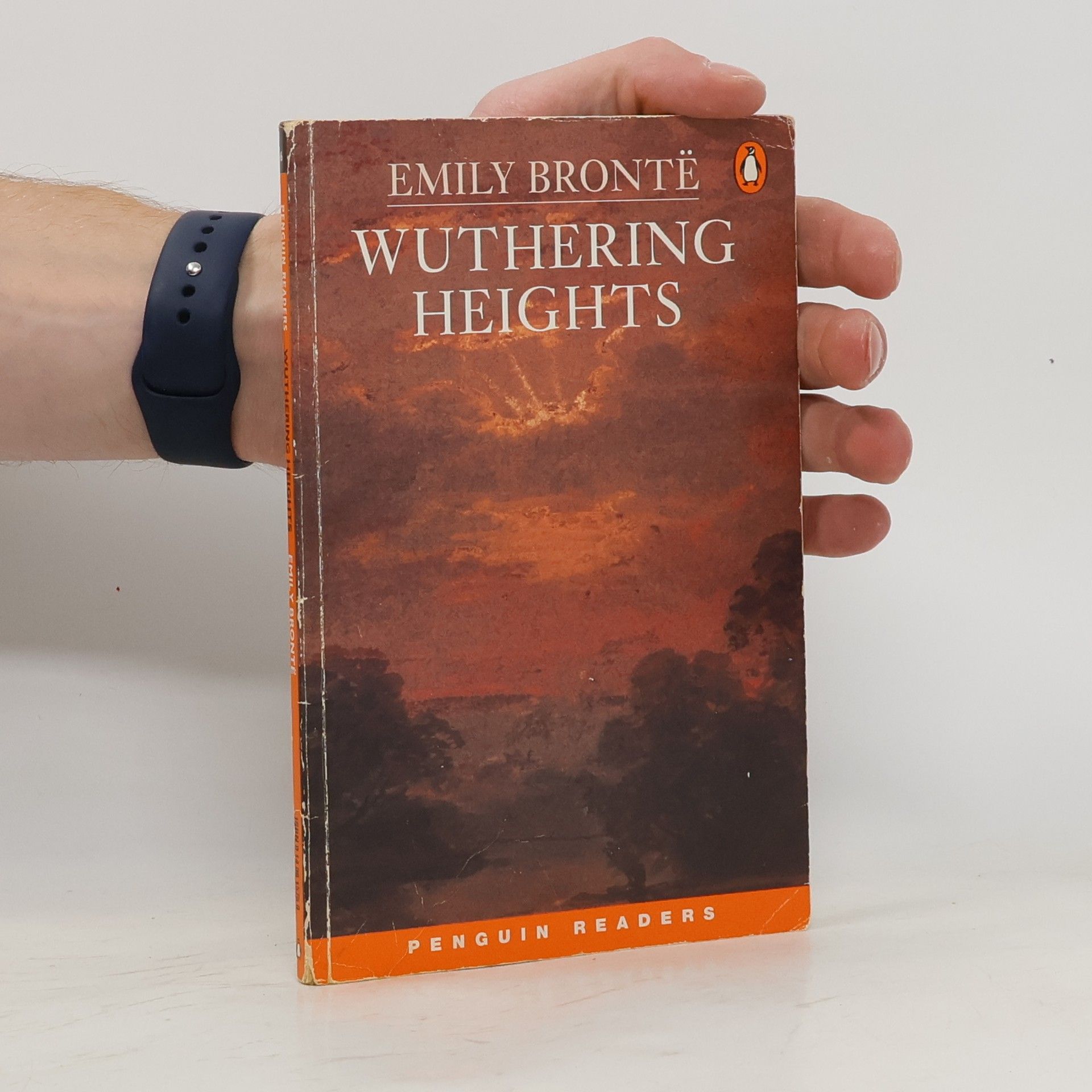When Heathcliff, a poor Gypsy boy, is adopted into wealthy Catherine Earnshaw's family, he and Catherine form a bond that progresses from childhood friendship to teenage passion. Because of Heathcliff's lowly social status, however, Catherine decides she cannot marry him, and instead marries the gentleman Edgar Linton. This sets in motion a chain of events that ravages both the Linton and Earnshaw families with jealousy, revenge, and bitterness, leaving only the ghosts of Catherine and Heathcliff to haunt the moors.
Raymond Bellour Boeken

